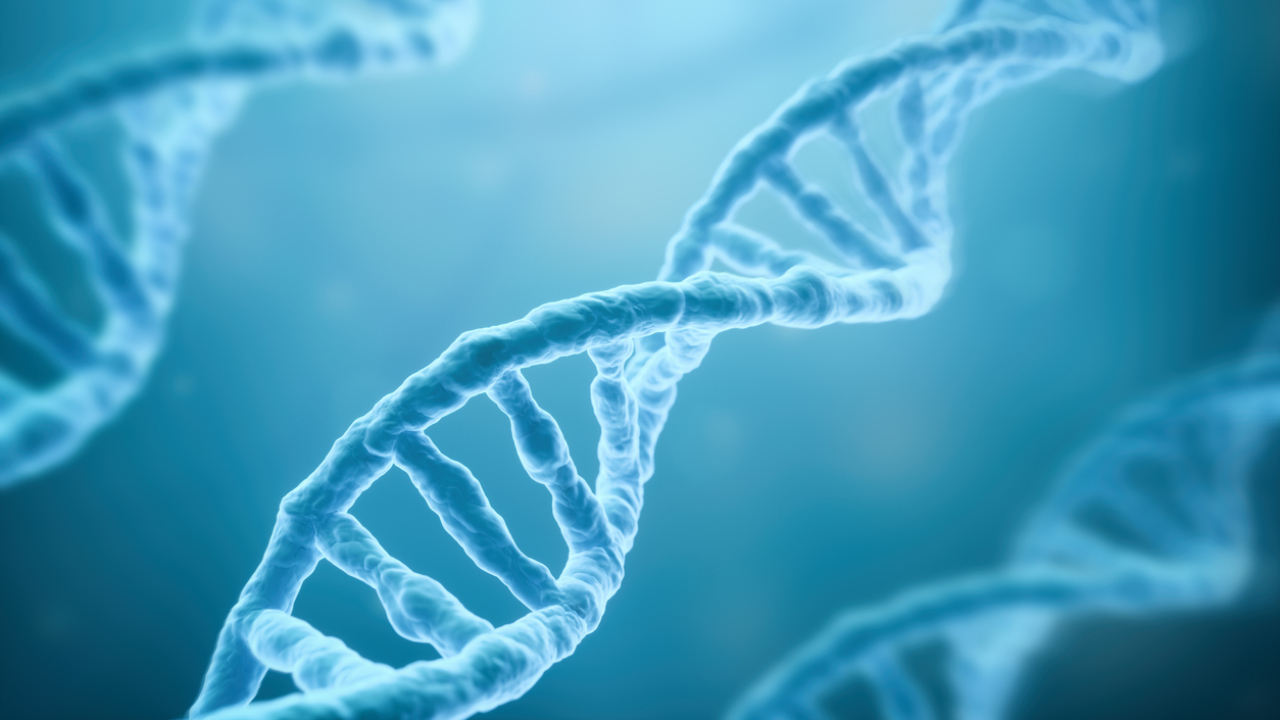The team used what is called a multi-omics approach -- they studied genes, proteins, and cell chemicals/metabolites all at once.
Published Sep 02, 2025 | 4:47 PM ⚊ Updated Sep 02, 2025 | 4:47 PM

Representational image. Credit: iStock
Synopsis: The scientists compared this “two-switch” mechanism to turning on a hidden backup circuit in an electrical system, suddenly the cell behaves differently because a previously silent pathway comes alive. Such effects, they say, could also occur in higher organisms, including humans.
It is common for people living together, whether in homes, hostels, or shared spaces, to rely on the same prescription if they develop similar symptoms. If one person consults a doctor for a fever, others who fall ill later often use the same medicines, assuming the illness and treatment are the same.
But doctors and scientists increasingly warn that diseases do not behave identically in every patient. The same condition may progress differently depending on a person’s unique genetic makeup.
Now, a joint study by the Indian Institute of Technology-Madras (IIT-Madras) and the Technical University of Denmark has shed new light on this. The researchers found that interactions between multiple genes can act like “switches” that activate hidden biological pathways, providing fresh insights into complex conditions such as cancer, diabetes, and neurodegenerative disorders.
Published in Nature Communications, the research provides a framework for more accurate diagnosis, better prediction of disease progression, and eventually, personalised treatment tailored to each patient’s genetic makeup.
The study, “Interaction of Genetic Variants Activates Latent Metabolic Pathways in Yeast,” was led by Professor Himanshu Sinha and PhD student Srijith Sasikumar from IIT-M’s Department of Biotechnology, in collaboration with Dr Shannara Taylor Parkins and Dr Suresh Sudarsan from the Technical University of Denmark.
Using yeast as a model organism, the researchers showed that two specific genetic variants, called MKT1(89G) and TAO3(4477C), could work together to switch on a hidden metabolic pathway. Interestingly, when each variant was present on its own, it had little effect. But when both appeared together, they produced an entirely new outcome.
The scientists compared this “two-switch” mechanism to turning on a hidden backup circuit in an electrical system, suddenly the cell behaves differently because a previously silent pathway comes alive. Such effects, they say, could also occur in higher organisms, including humans.
To understand how this change unfolded, the team used what is called a multi-omics approach — they studied genes (transcriptomics), proteins (proteomics), and cell chemicals/metabolites (metabolomics) all at once, and tracked these changes over time.
This helped them see not only what changed inside the cell, but also when the change happened.
In this double-variant situation, the yeast cells activated a pathway that produces arginine (an amino acid important for growth), while at the same time reducing the production of ribosomes (the cell’s protein-making machines).
This trade-off gave the yeast an advantage in reproduction. Importantly, the arginine pathway also became necessary for the cells’ mitochondria, their energy-producing centers, but only when both variants were present, proving that genetic interactions can create new cellular dependencies.
Sinha emphasised that the implications go far beyond yeast, explaining that many human diseases result from the interplay of multiple genes rather than single mutations.
“By combining multi-omics with temporal analysis, we could see not just which pathways were affected, but when and how these changes unfolded,” he said.
“This is especially important for developmental and progressive diseases, where timing of gene interactions can be as critical as the interactions themselves,” he added.
Sasikumar explained that the effect was like “flipping two switches at once,” which suddenly activates a hidden circuit and changes the entire system’s behaviour.
This highlighted how new outcomes can emerge from gene interactions that remain invisible when studying genes in isolation.
The researchers say their findings could be applied in several areas:
(Edited by Amit Vasudev)
